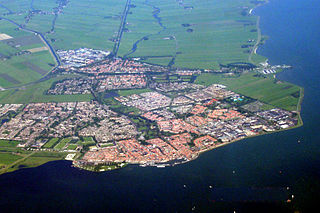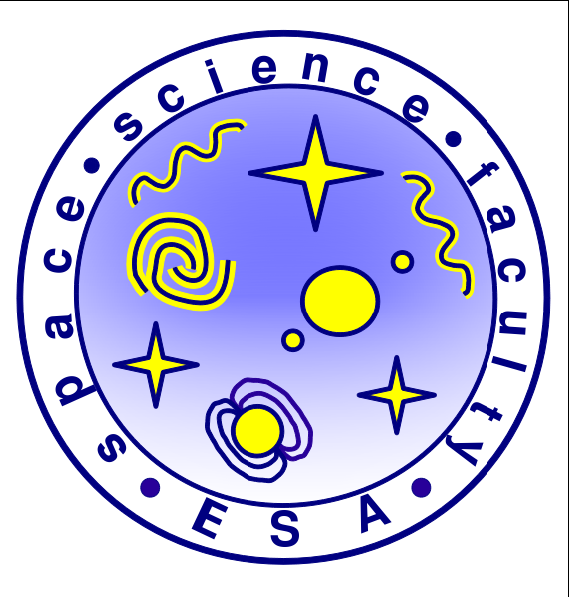Programme - Conferences Archive
Programme
The complete programme is available as well as a PDF file.
Talks
Posters
| Deborah Baines | VOSpec v6.5: Multi-wavelength Spectral Analysis Tool and SED builder |
| Stephan Birkmann | JWST/NIRSpec capabilities for exoplanet transit observations |
| Luigi Cacciapuoti | Atom Interferometry Measurement of the Newtonian Gravitational Constant: Status of the MAGIA Experiment |
| Agustin Chicarro | INSPIRE — A Future Mars Network Science Mission |
| Ignacio de la Calle | Broadband Long-Term Variability of VHE Blazars: the case of Mrk421 |
| Bernard Foing | Comparative planetology and astrobiology |
| Bernhard Geiger | Studies for the Observation of Astroids with the Venus Express Star Tracker |
| Mark Kidger | The effects of Solar Cycle 24 on Herschel |
| Ralf Kohley | Scientific computing using FPGAs: high performance centroiding |
| Rodrigo Leonardi | The Planck Legacy Archive |
| Jonathan McAuliffe | Orbital observations of meteors in the Martian atmosphere using the SPOSH camera |
| Bruno Merin | A new Herschel view of the young star T54: not a transitional disk? |
| Bruno Merin | Transitional disks as seen by Herschel |
| Richard Moissl | Scale-integrated spectral characterisation of mineralogical analogues to Mars at Rio Tinto |
| Alejandro Monielo | Review of Research Projects by INSA Employees at ESAC |
| Alcione Mora | Measuring exoplanet inclinations with Gaia |
| Laurence O'Rourke | Herschel observations of Jupiter Family Comets and of the Rosetta target 67P/Churyumov-Gerasimenko |
| Laurence O'Rourke | Herschel observations of the Marco Polo-R target asteroid 175706 (1996 FG3). |
| Miguel Sanchez-Portal | A multi-wavelength landscape of the evolution of galaxies in clusters: the case of RXJ 1257+4738 at z~0.87 |
| David Teyssier | Herschel/HIFI View on Massive Evolved Stars: the HIFISTARS sample of Super- giant and Yellow Hypergiant envelopes |
| Joe Zender | Understand the solar UV and EUV irradiance variability and compare with the Active Regions |








































 Sign in
Sign in
 Science & Technology
Science & Technology

